Many, especially the non-Muslims, wonder what exactly Hari Raya Haji is, why there are two Hari Rayas and why Hari Raya Haji is important enough to be observed as a public holiday. If you are in the dark or have always wondered but not bothered enough to Google why, read on for a ‘crash course’ on Hari Raya Haji (also known as Hari Raya Aidiladha).
Traditionally, any Muslim who does not have any financial or physical constraints is required to make a trip at least once in their lifetime to the holy city of Mecca, Saudi Arabia, for the haj pilgrimage event. After the pilgrimage, the title of ‘haji’ will be given to the men and ‘hajjah’ to the women. The day Hari Raya Haji is celebrated marks the end of the pilgrimage, indicating that Hari Raya Haji is indeed a festival and a day to celebrate those who have visited the holy city and completed their pilgrimage.
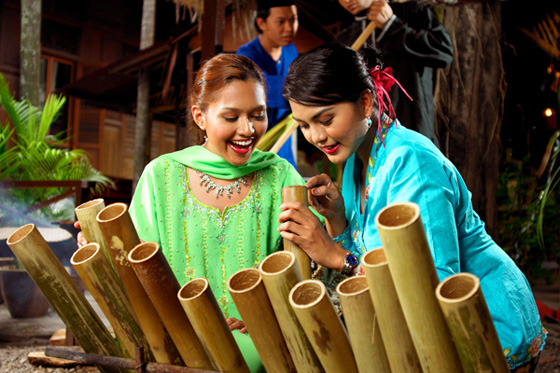
During the Haj period, tens of thousands of Muslims swarm the holy city of Mecca to perform specific rituals, one of which is walking counter-clockwise seven times around the Ka’abah, which is a cube-shaped structure covered with a black cloth that symbolizes the Muslim prayer direction. Devotees also kiss the black stone at the corner of Ka’abah, move back and forth between Al-Safe and Al-Marway, drink from the Zam Zam well, stand at Mount Arafar, throw stones, shave their heads and lastly, sacrifice an animal before concluding the rituals of Hari Raya Haji.
The sacrifice slaughtering doesn’t only take place in Mecca but at almost every mosque in the country. The sacrifice typically takes place at around 11a.m. until noon. The sacrifice of an animal is done to honour Prophet Ibrahim’s willingness to sacrifice his son, Ismail, as a sign of respect to the God. The child’s life was spared at the very last moment when God took Ismail’s place and gave.
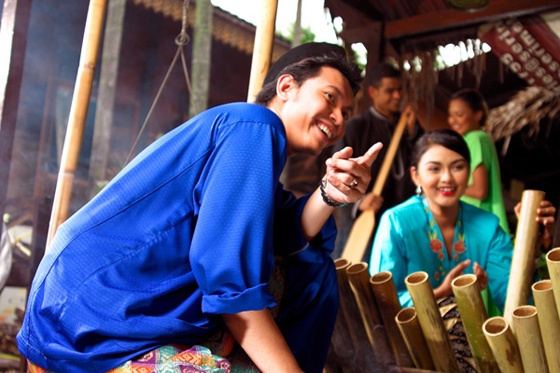
Korban (“slaughter”) will only be performed by a male devotee. Usually, cows will be slaughtered but at times, goats are sacrificed as well. Individuals or families who can afford to contribute an animal will purchase one and donate it to the mosque; at times even the state government contributes too. To minimize the suffering of the animal, the slaughtering process is done swiftly. A prayer is made during the sacrifice; it is believed that toxins will be eliminated from the animal upon recital of the prayers. A portion of the meat is kept for the family while the others are distributed to the local community, especially to those in need.
While Hari Raya Aidilfitri is celebrated on a grander scale with new clothes, cookies and delicacies, Hari Raya Haji is a quieter affair celebrated to commemorate the sacrifices made by the prophet.
Below the Hari Raya Haji dates for the next few years:
26 October, 2012
15 October, 2013
05 October, 2014
24 September, 2015
13 September, 2016
2 September, 2017
22 August, 2018
12 August, 2019
31 July, 2020
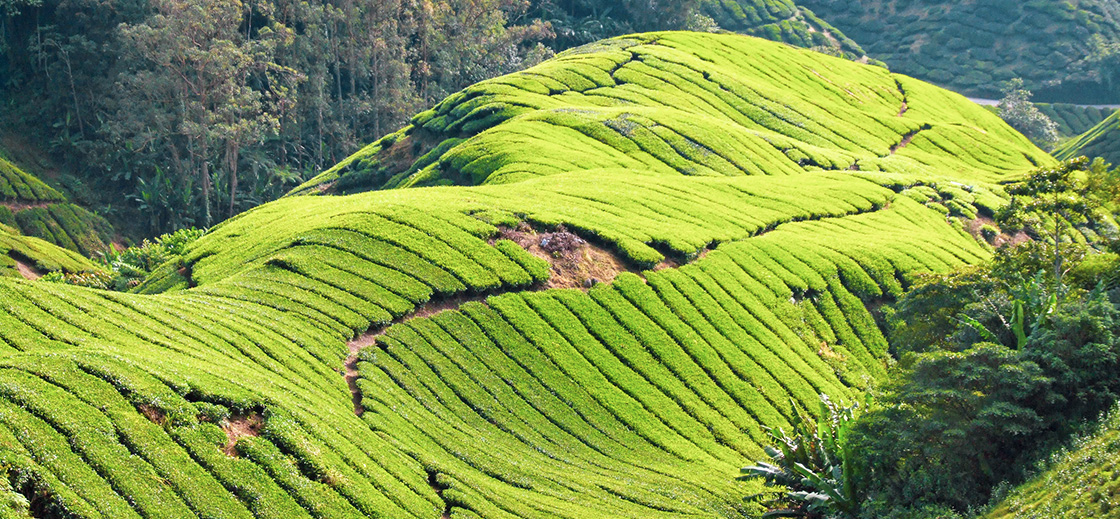

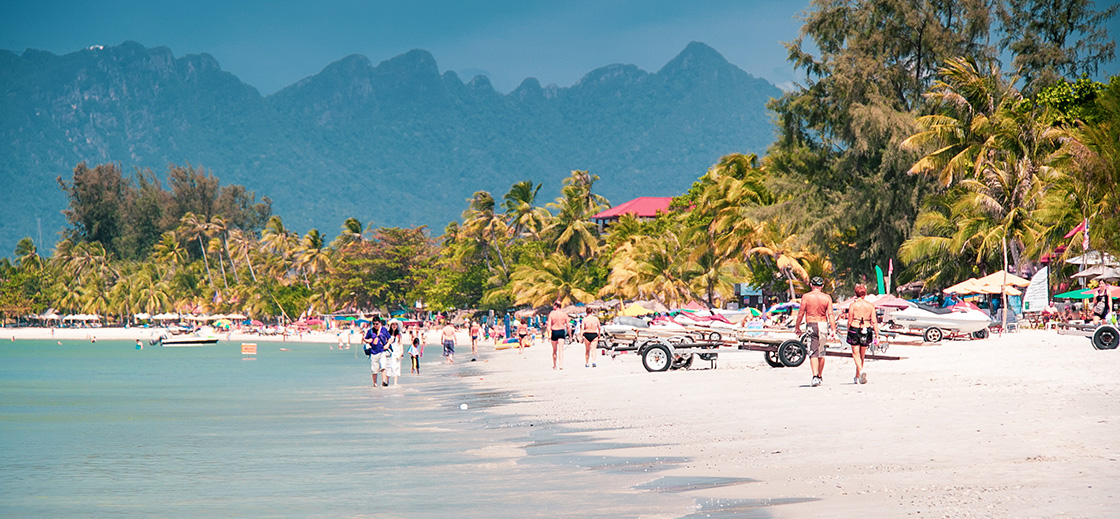
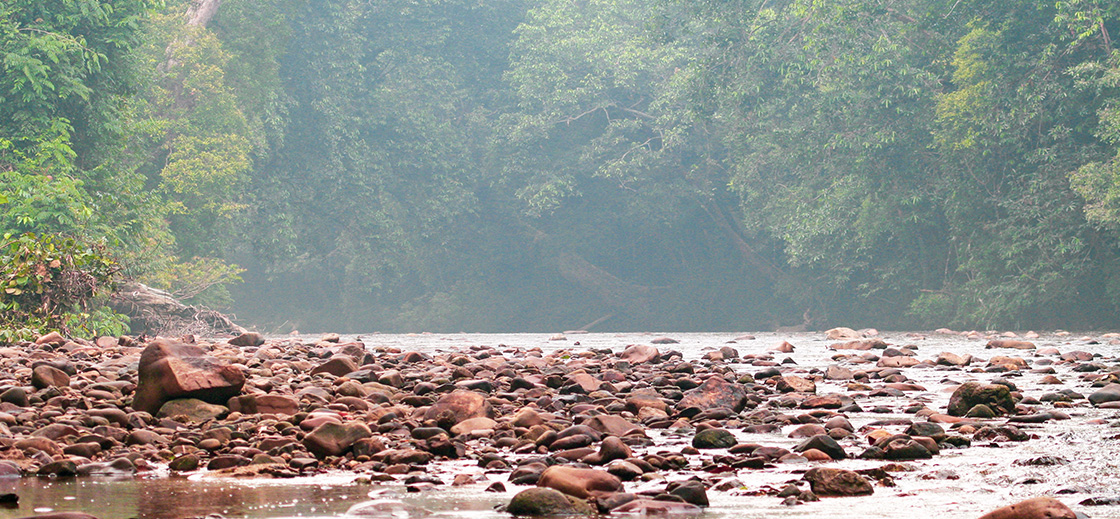
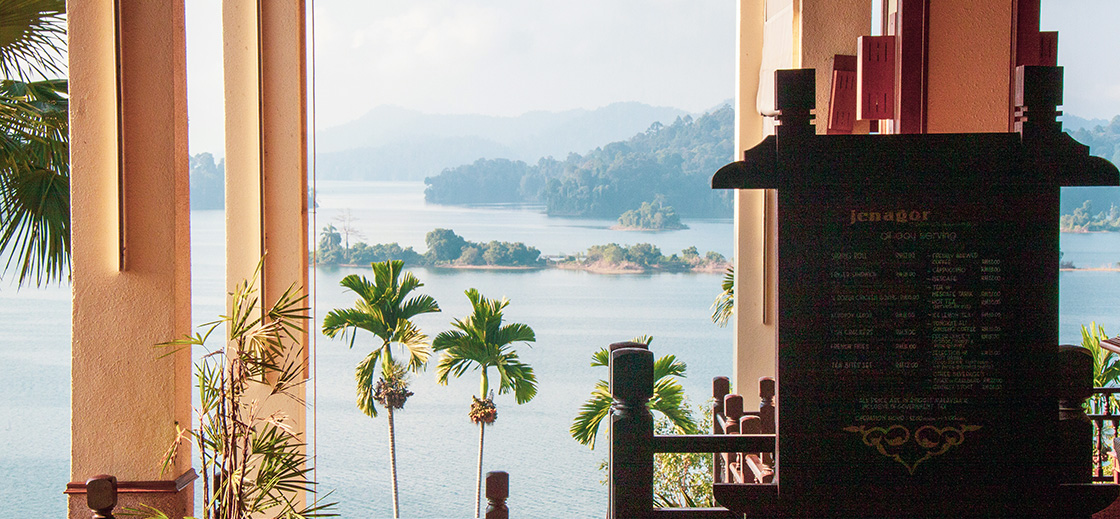
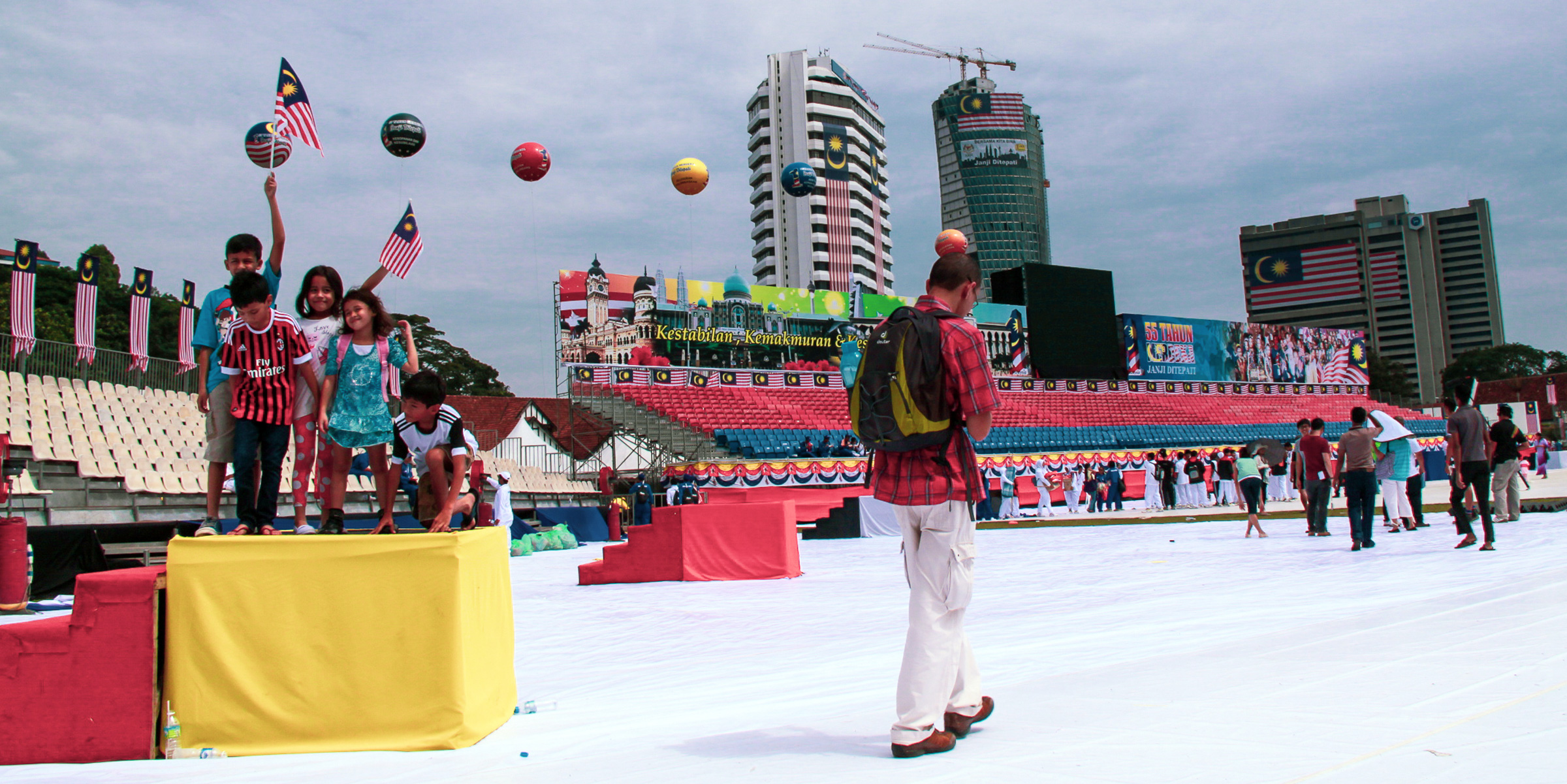
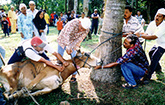

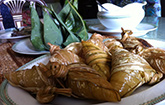
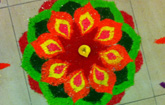
Hari Raya Haji In Malaysia | Malaysia Holiday
12 years ago
September 5, 2013 at 7:03 am
[…] Published originally at FAQ – Wonderful Malaysia . Read the article here: Hari Raya Haji in Malaysia Many, especially the non-Muslims, wonder what exactly Hari Raya Haji is, why there are two Hari Rayas and why Hari Raya Haji is important enough to be observed as a public holiday. If you are in the dark or have always wondered but not bothered enough to Google why, read on for a ‘crash course’ on Hari Raya Haji (also known as Hari Raya Aidiladha). Traditionally, any Muslim who does not have any financial or physical constraints is required to make a trip at least once in their lifetime to the holy city of Mecca, Saudi Arabia, for the haj pilgrimage event. After the pilgrimage, the title of ‘haji’ will be given to the men and ‘hajjah’ to the women. The day Hari Raya Haji is celebrated marks the end of the pilgrimage, indicating that Hari Raya Haji is indeed a festival and a day to celebrate those who have visited the holy city and completed their pilgrimage. During the Haj period, tens of thousands of Muslims swarm the holy city of Mecca to perform specific rituals, one of which is walking counter-clockwise seven times around the Ka’abah, which is a cube-shaped structure covered with a black cloth that symbolizes the Muslim prayer direction. Devotees also kiss the black stone at the corner of Ka’abah, move back and forth between Al-Safe and Al-Marway, drink from the Zam Zam well, stand at Mount Arafar, throw stones, shave their heads and lastly, sacrifice an animal before concluding the rituals of Hari Raya Haji. The sacrifice slaughtering doesn’t only take place in Mecca but at almost every mosque in the country. The sacrifice typically takes place at around 11a.m. until noon. The sacrifice of an animal is done to honour Prophet Ibrahim’s willingness to sacrifice his son, Ismail, as a sign of respect to the God. The child’s life was spared at the very last moment when God took Ismail’s place and gave. Korban (“slaughter”) will only be performed by a male devotee. Usually, cows will be slaughtered but at times, goats are sacrificed as well. Individuals or families who can afford to contribute an animal will purchase one and donate it to the mosque; at times even the state government contributes too. To minimize the suffering of the animal, the slaughtering process is done swiftly. A prayer is made during the sacrifice; it is believed that toxins will be eliminated from the animal upon recital of the prayers. A portion of the meat is kept for the family while the others are distributed to the local community, especially to those in need. While Hari Raya Aidilfitri is celebrated on a grander scale with new clothes, cookies and delicacies, Hari Raya Haji is a quieter affair celebrated to commemorate the sacrifices made by the prophet. Below the Hari Raya Haji dates for the next few years: 26 October, 2012 For the original version including any supplementary images or video, visit https://www.wonderfulmalaysia.com/faq/hari-raya-haji-in-malaysia.htm […]
Hari Raya in Malaysia, a happy day for all Muslims Nation -
4 years ago
May 2, 2022 at 11:47 pm
[…] wonderfulmalaysia/hari-raya […]